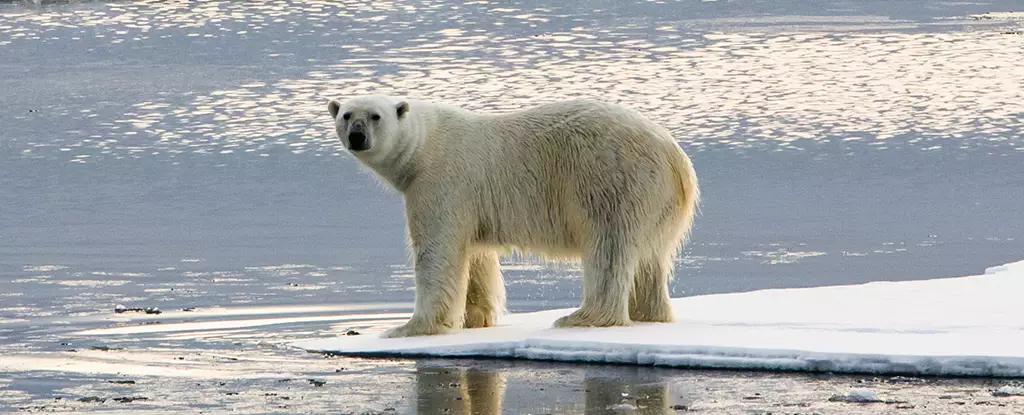As the impacts of climate change ripple across the globe, scientists have identified the ‘Last Ice Area’ (LIA) in the Arctic as a critical region that may retain permanent sea ice longer than anywhere else. However, a recent study led by researchers at McGill University suggests that this last bastion of ice could disappear far sooner than previously anticipated. The LIA is paramount not only for the sustenance of various species, including polar bears and seals, but also holds cultural significance for indigenous communities reliant on its resources for traditional hunting practices. This area, marked by its resilience against warming temperatures, is becoming increasingly fragile, posing a dire warning about the accelerating effects of climate change.
Recent research utilized the Community Earth System Model (CESM), a more intricate tool than the models previously used, to evaluate the fate of the LIA. Unlike older simulations that considered only basic variables, the CESM offers an in-depth examination of sea currents and ice flow dynamics, providing a clearer picture of how quickly the last segments of Arctic ice could transition to a seasonally ice-free state. The team, led by atmospheric scientist Bruno Tremblay, indicates that based on high-resolution modeling, the central Arctic Ocean might enter permanent seasonal ice-free stages as soon as 2035. This projection marks a stark contrast to earlier forecasts, which estimated that the LIA could endure for several more decades.
The implications of these findings cannot be overstated. With predictions stating that the last fragments of perennial ice could vanish 6 to 24 years after the onset of seasonal ice-free conditions, the accelerated timeline underscores the precariousness of the Arctic ecosystem. Notably, the research emphasizes the importance of the northern section of the LIA, which acts as a barrier to ice flow. The researchers concluded that this region plays a pivotal role in retaining the thick sea ice that has built up over multiple winters, essentially functioning as a bulwark against total ice loss.
The ramifications of the LIA’s deterioration extend far beyond mere geographical change. Numerous species, including approximately 25% of the world’s polar bear population, depend on the permanence of sea ice for their survival. The loss of this vital habitat is already observable in the changing behaviors of wildlife. Such shifts were starkly illustrated by a segment from the documentary series *Our Planet,* which highlighted the tragic fate of walruses attempting to climb steep cliffs in search of a habitat that has been eroded by disappearing ice. As their icy surroundings diminish, these animals face dire risks – fitting them into a category susceptible to endangerment.
Additionally, melting sea ice diminishes the traditional hunting grounds for Indigenous peoples who have relied on this ecosystem for generations. The Tuvaijuittuq Marine Protected Area (MPA)—which translates to “the place where the ice never melts” in Inuktut—has been established with the hope of preserving the remaining ice and its surrounding habitats. This designation reflects a recognition of the intertwined fates of local wildlife and Indigenous communities. However, with the LIA facing unprecedented threats, the viability of such conservation efforts hangs in the balance.
This sobering research serves as a clarion call for immediate actions to combat climate change. As atmospheric scientist Madeleine Fol points out, our response to the ongoing crises of warming is directly correlated with the stability of critical Arctic regions like the LIA. Each projection reinforces the necessity of global commitment to reducing greenhouse gas emissions and focusing on sustainable practices to protect these fragile ecosystems.
The fate of the Last Ice Area is a reflection of our broader environmental challenges. As we confront the realities of climate change, it’s imperative that we rally to preserve these unique ecosystems. Our collective actions today will definitively shape the future of the Last Ice Area and its inhabitants, making it essential that both policymakers and communities unite in the fight against climate change.

